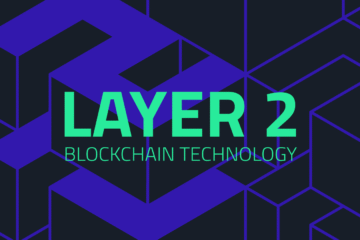Beginner’s Guide: What Is Ethereum’s Difficulty Bomb?

Definition of the Difficulty Bomb
The Difficulty Bomb is a term describing a built-in mechanism in Ethereum’s blockchain that progressively increases the difficulty of mining new blocks over time. As difficulty rises, the time required to mine each block grows, eventually making mining unprofitable and impractical. Various versions of the Ethereum blockchain have taken steps to address this issue.
Disarming the Difficulty Bomb
Ethereum’s blockchain has an inherent feature: mining difficulty increases with time. The more blocks mined, the harder and more time-consuming it becomes to mine the next one. Simulations on GitHub have shown that both the number of blocks mined and mining difficulty grow over time. Miners have noticed declining yields in recent months, and if this trend continues, mining Ether could become unfeasible and unprofitable. This phenomenon is dubbed the “Difficulty Bomb” due to the escalating mining difficulty.
This increasing difficulty is a native feature of both Ethereum (ETH) and Ethereum Classic (ETC), the two forks of the original Ethereum blockchain.
Ethereum Classic (ETC)
ETC has tackled the difficulty bomb with a detailed, phased approach. Discussions within the community began around 2016. In January 2017, ETC underwent a “Hard Die” fork, which froze the difficulty bomb and reduced block creation time. In May 2018, at block height 5,900,000, another hard fork further cut block generation time from 26 seconds to 14 seconds.
Ethereum (ETH)
Ethereum is addressing the difficulty bomb by transitioning from the Proof-of-Work (PoW) consensus mechanism to Proof-of-Stake (PoS). In PoS, rewards are based on the amount of funds staked by participants, not the energy-intensive computational power used in PoW. To facilitate this shift, the Ethereum community may opt for a hard fork to remove or delay the difficulty bomb, similar to ETC’s approach, giving the network more time to complete the transition to PoS.










